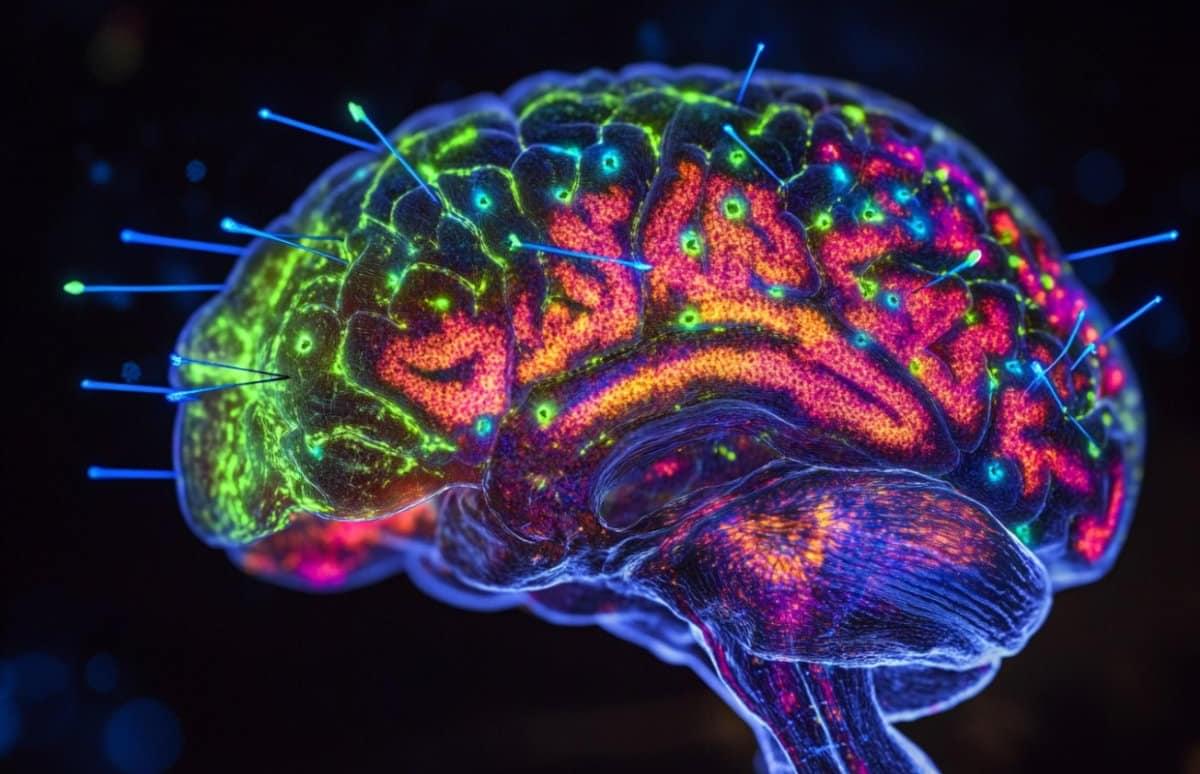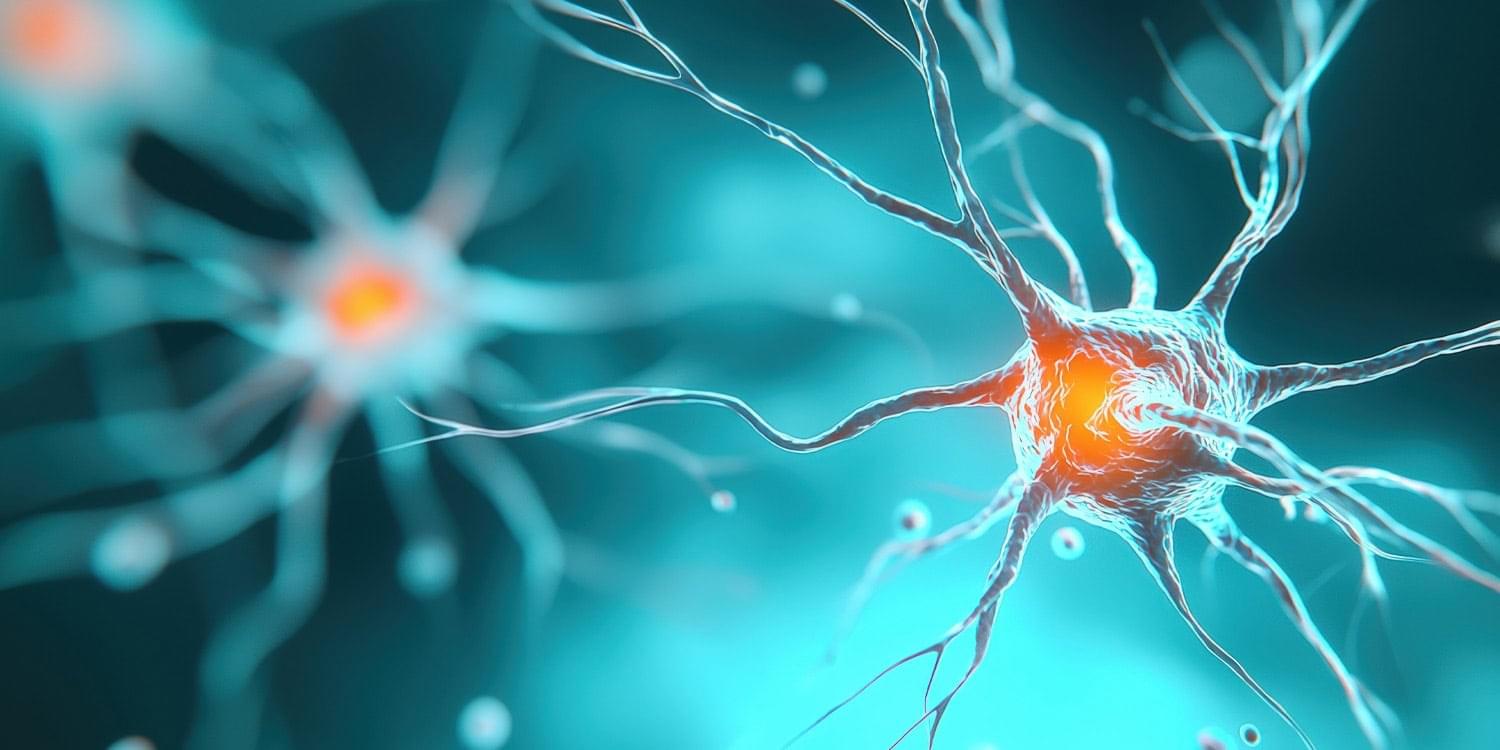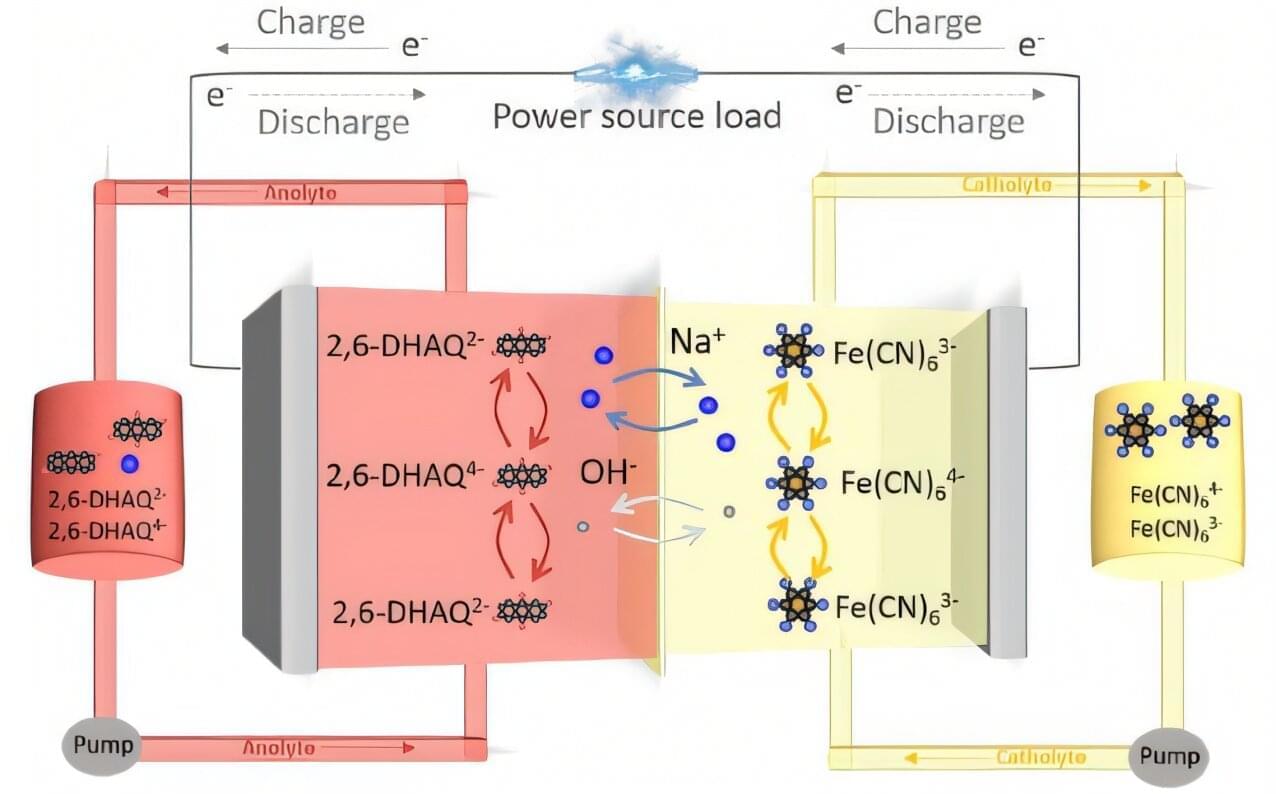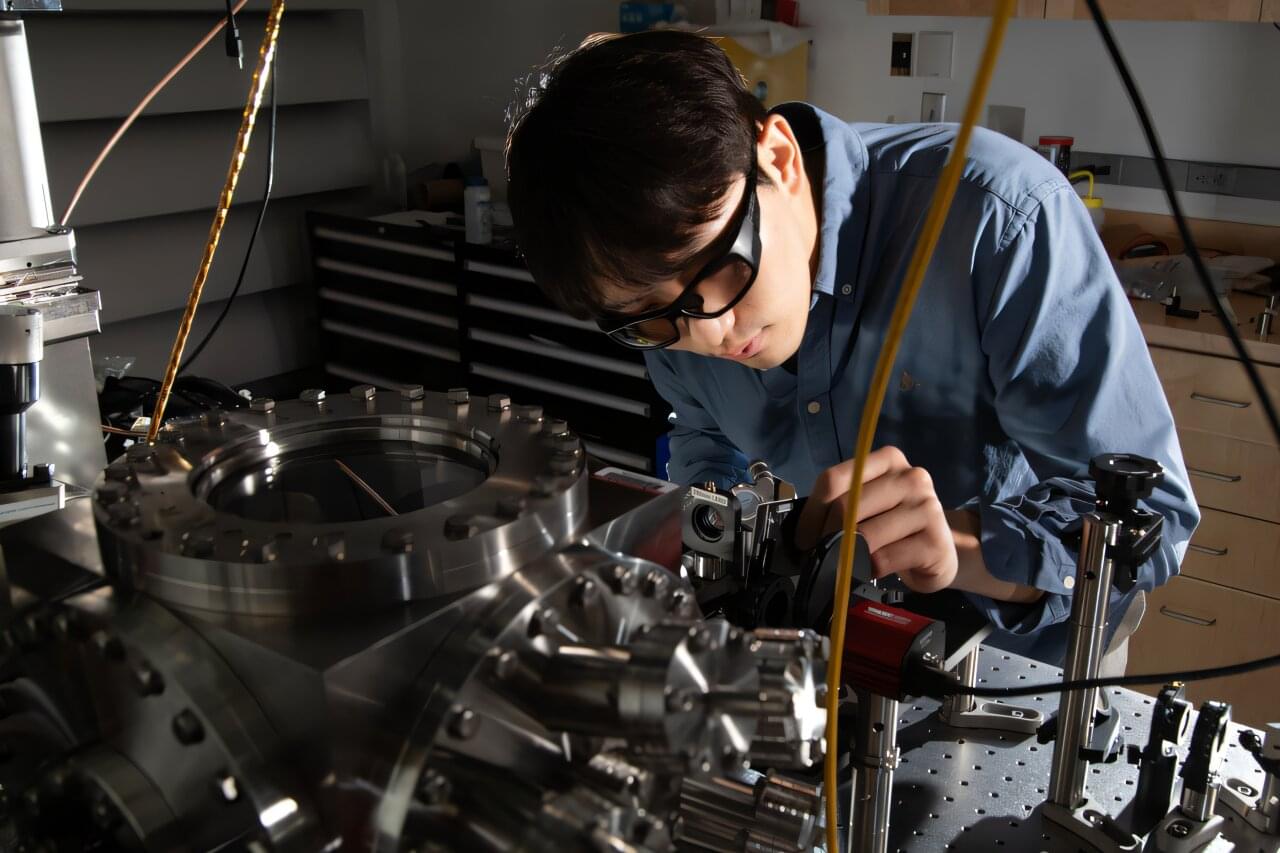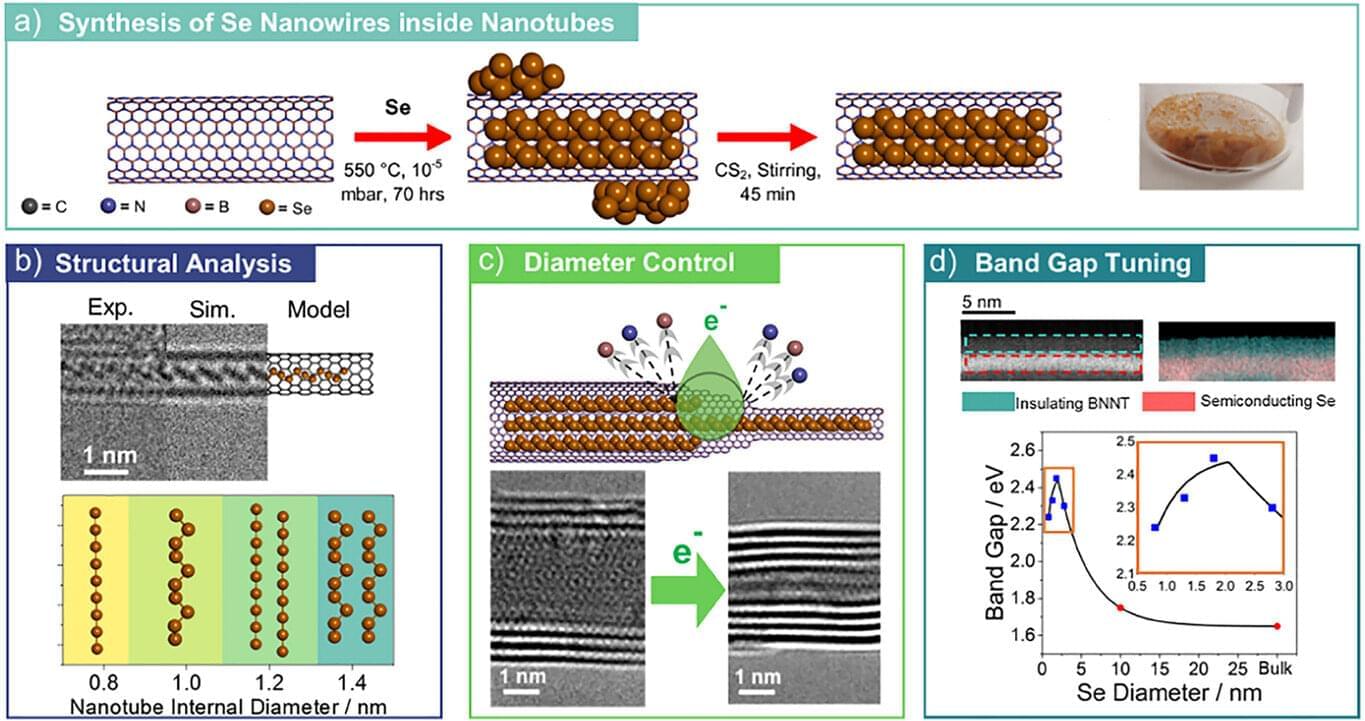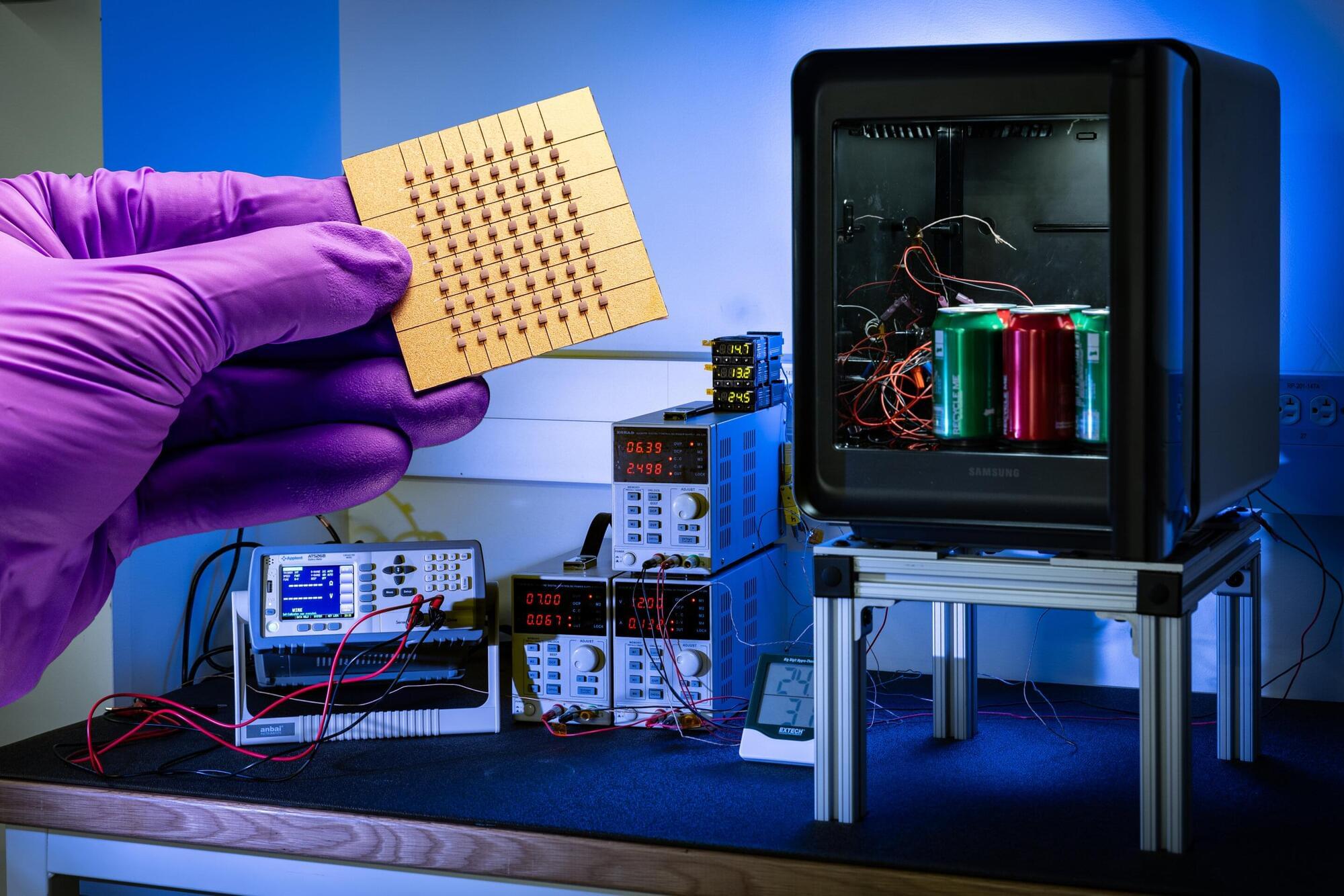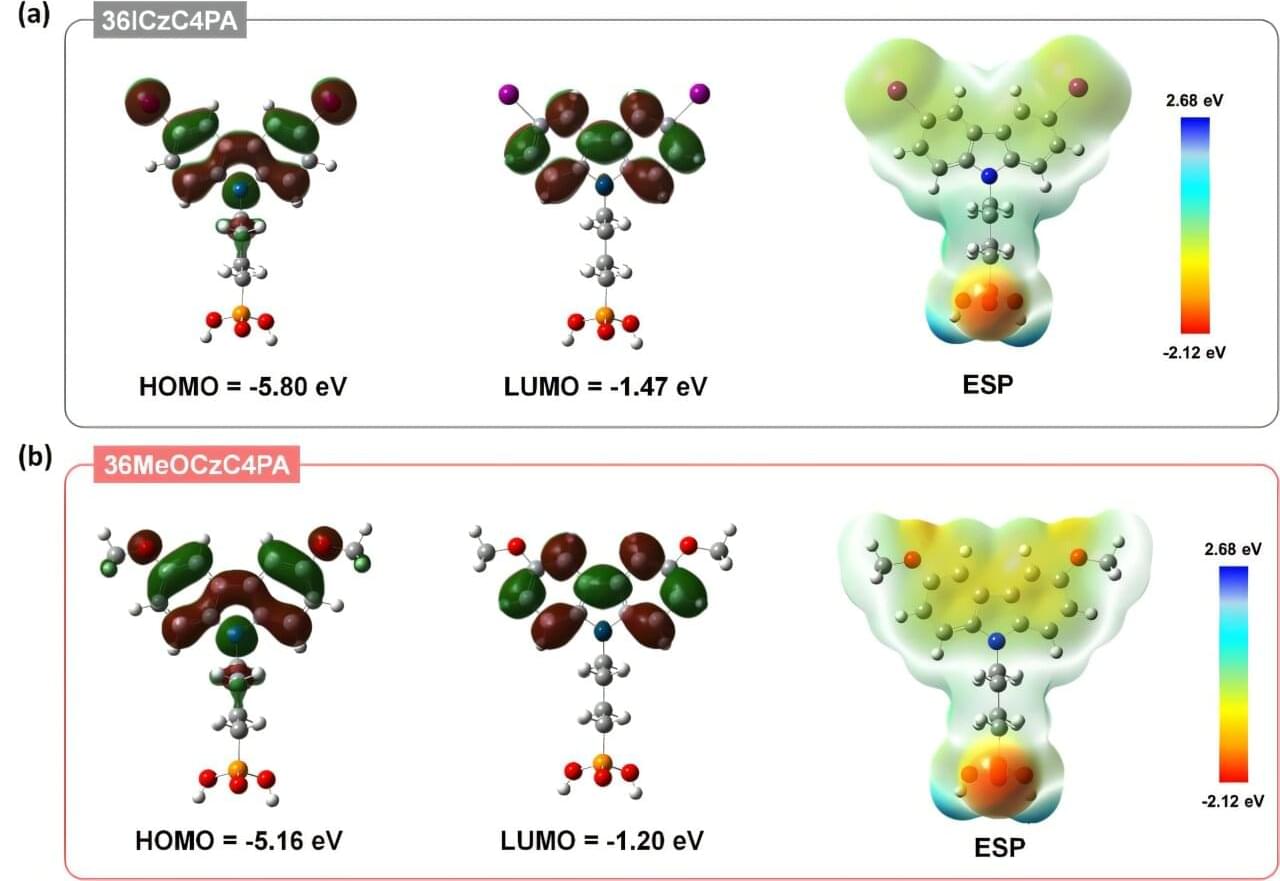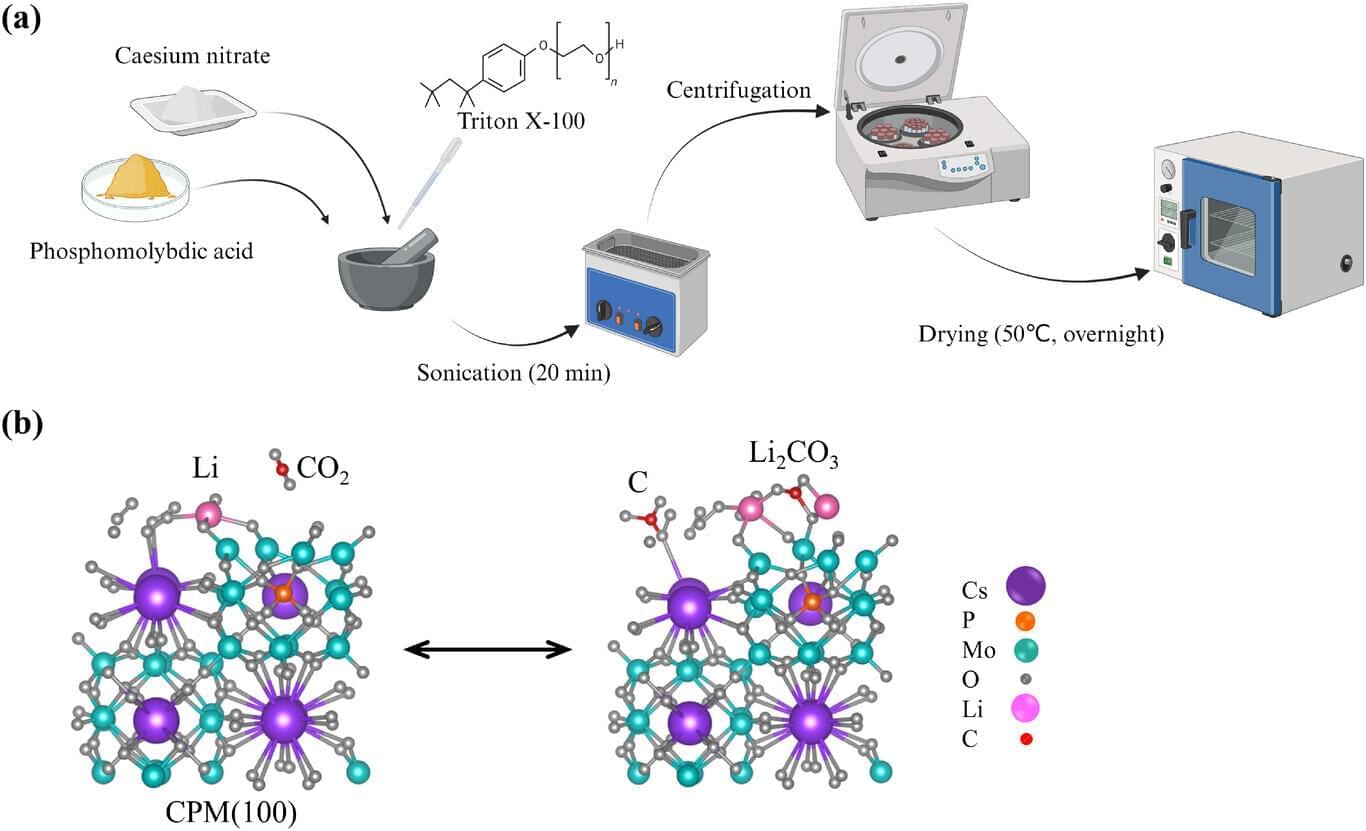By Chuck Brooks
Dear Friends and Colleagues, this issue of the Security & Insights newsletter focuses on cybersecurity and the convergence of devices and networks. The convergence of the Internet of Things, industrial control systems (ICS), operational technology (OT), and information technology (IT) has revealed vulnerabilities and expanded attack surfaces. They are prime targets for hackers, who frequently look for unprotected ports and systems on internet-connected industrial devices. Because they provide several avenues of entry for attackers and because older OT systems were not built to withstand cyberattacks, IT/OT/ICS supply chains in continuous integration (CI) are especially vulnerable. Below is a collection of articles that address the challenges and threats of cybersecurity for connected devices and people.
Thanks for reading and stay safe! Chuck Brooks
Growing cyberthreats to the internet of things.


